News
Dynamic Branding: Using Motion Graphics to Create Memorable Logos
Introduction
In the evolving world of digital branding, static logos are increasingly being replaced by dynamic, animated logos that captivate audiences and enhance brand recognition. Motion graphics bring an additional layer of storytelling to branding, allowing companies to create immersive visual identities that engage users across digital platforms.
In the UK, 85% of businesses state that branding is crucial to their success, with many now incorporating animation into their marketing strategies (Marketing Week). As digital interactions continue to dominate consumer engagement, motion graphics offer a compelling way to make brands stand out.
The Evolution of Branding: From Static to Motion
Traditionally, logos were static symbols designed for print and signage. However, with the rise of digital media, brands now need adaptable, flexible visual identities that can function across multiple platforms, from websites and social media to video content and mobile applications.
Why Motion Graphics Matter in Branding:
- Enhanced Brand Recognition – Animated logos are more memorable than static ones, reinforcing brand identity.
- Increased Engagement – Motion elements capture attention faster, keeping audiences engaged.
- Versatility – Dynamic branding allows logos to adapt to different platforms, creating a seamless brand experience.
The Science Behind Motion in Branding
Human psychology plays a significant role in how we perceive animated elements. Studies show that viewers retain 95% of a message when watching a video, compared to just 10% when reading text (Forbes). This indicates that motion graphics can significantly enhance brand recall and customer engagement.
Key Psychological Triggers in Motion Branding:
- Movement attracts attention – Motion naturally draws the eye, making an animated logo more engaging.
- Rhythm and pacing evoke emotions – Smooth animations create a sense of sophistication, while fast-paced motion suggests energy and innovation.
- Consistency builds trust – A well-designed motion logo reinforces brand credibility and reliability.
Creating an Effective Animated Logo
1. Understanding the Brand Identity
Before designing a motion logo, it’s essential to establish the brand’s core message, personality, and audience. A financial institution, for example, may use subtle, fluid motion to convey professionalism, while a tech startup might opt for dynamic, fast-moving animations.
Questions to Consider:
- What emotions should the logo evoke?
- What are the brand’s core values?
- How will the animation enhance the message?
2. Choosing the Right Animation Style
Different animation styles can communicate various brand messages. Some of the most common styles include:
- Morphing: Smooth transitions between shapes or symbols.
- Kinetic Typography: Moving text elements that add emphasis.
- Revealing Effects: Gradual appearance of logo elements.
- 3D Animation: Adds depth and realism.
3. Ensuring Simplicity and Scalability
A motion logo should be simple enough to remain recognisable even when shortened to a few seconds. Additionally, it should work across different devices and platforms.
Best Practices:
- Keep animations under 5 seconds for maximum impact.
- Design variations for social media, website headers, and mobile apps.
- Test across different screen sizes to ensure readability.
Tools for Creating Motion Logos
Advancements in design software have made motion graphics more accessible. Popular tools include:
- Adobe After Effects – Industry-standard for creating professional animations.
- Blender – Free open-source software for 3D motion graphics.
- Figma & LottieFiles – Used for lightweight web animations.
Motion Branding in Action: Case Studies
1. BBC Sounds The BBC Sounds logo integrates a subtle wave animation that visually represents audio waves. This reinforces the platform’s identity as a digital audio hub while maintaining simplicity.
2. Google Google’s animated logo transitions between the letters in a fluid, bouncing motion. This conveys playfulness while maintaining brand consistency across its suite of products.
The Future of Motion Branding
As technology advances, AI-generated animations and interactive branding experiences will become more prevalent. In the UK, digital video consumption increased by 27% in 2023, highlighting the growing importance of motion content (Statista).
Emerging Trends:
- AI-driven logo animations – Automating dynamic branding elements.
- Interactive logos – Responsive animations that react to user input.
- Augmented Reality (AR) branding – Integrating motion graphics into real-world experiences.
Conclusion
Motion graphics have revolutionised branding, offering businesses a dynamic way to engage audiences and reinforce brand identity. With consumer attention spans decreasing, brands that leverage motion in their logos will stand out in an increasingly competitive digital landscape.
By incorporating animation thoughtfully, brands can create logos that are not just visually appealing but also memorable, versatile, and impactful across all digital touchpoints.
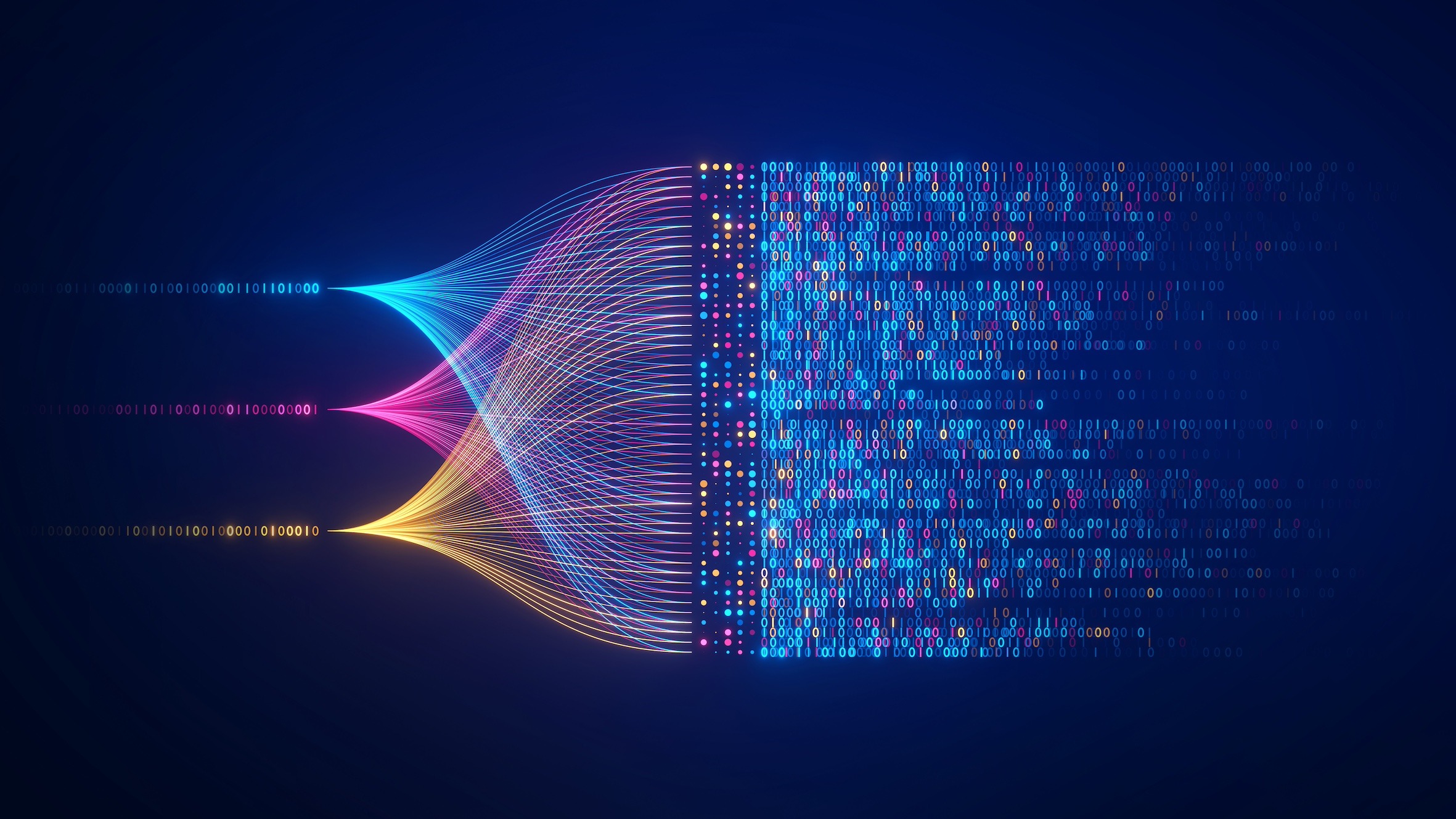
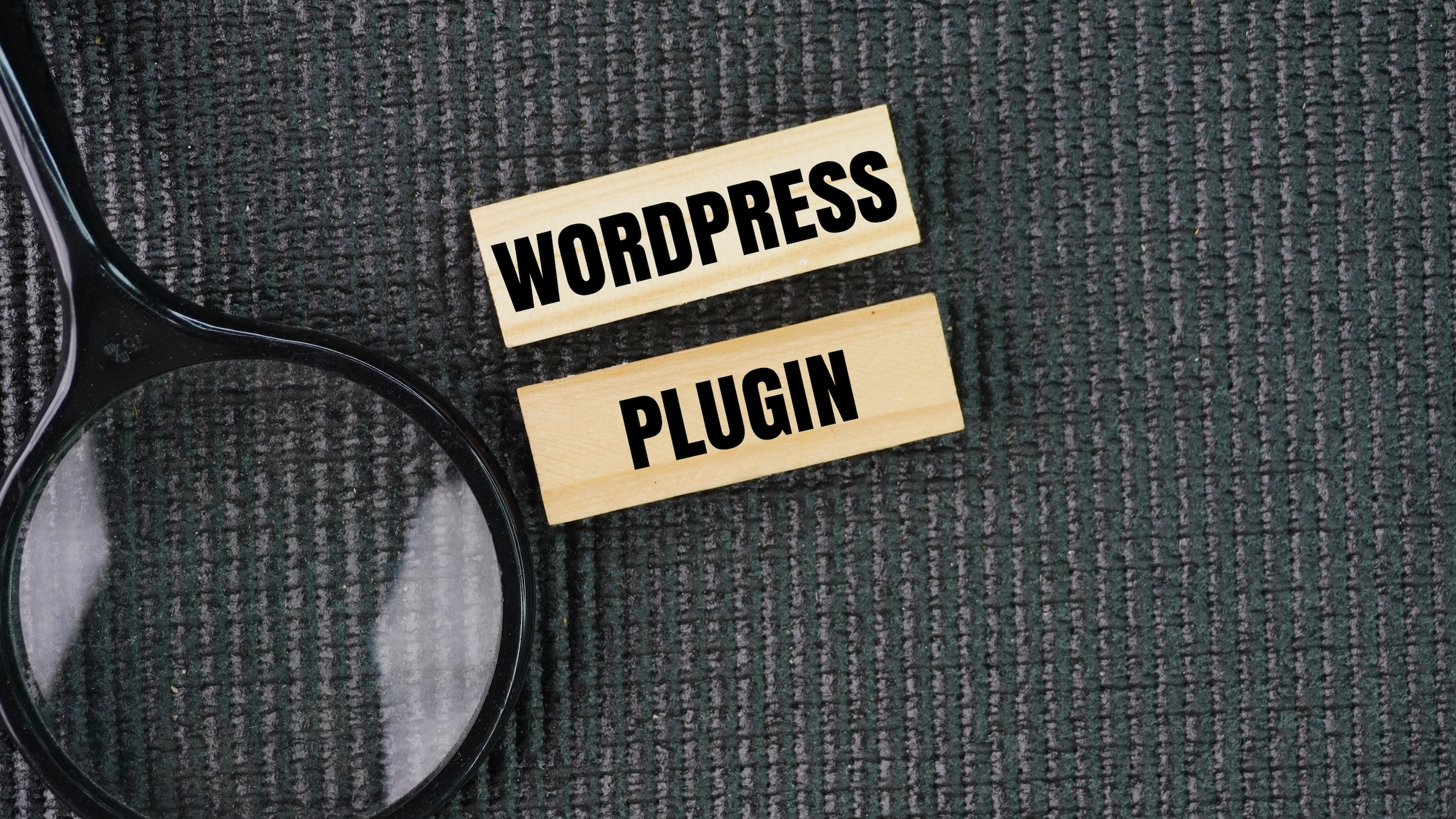
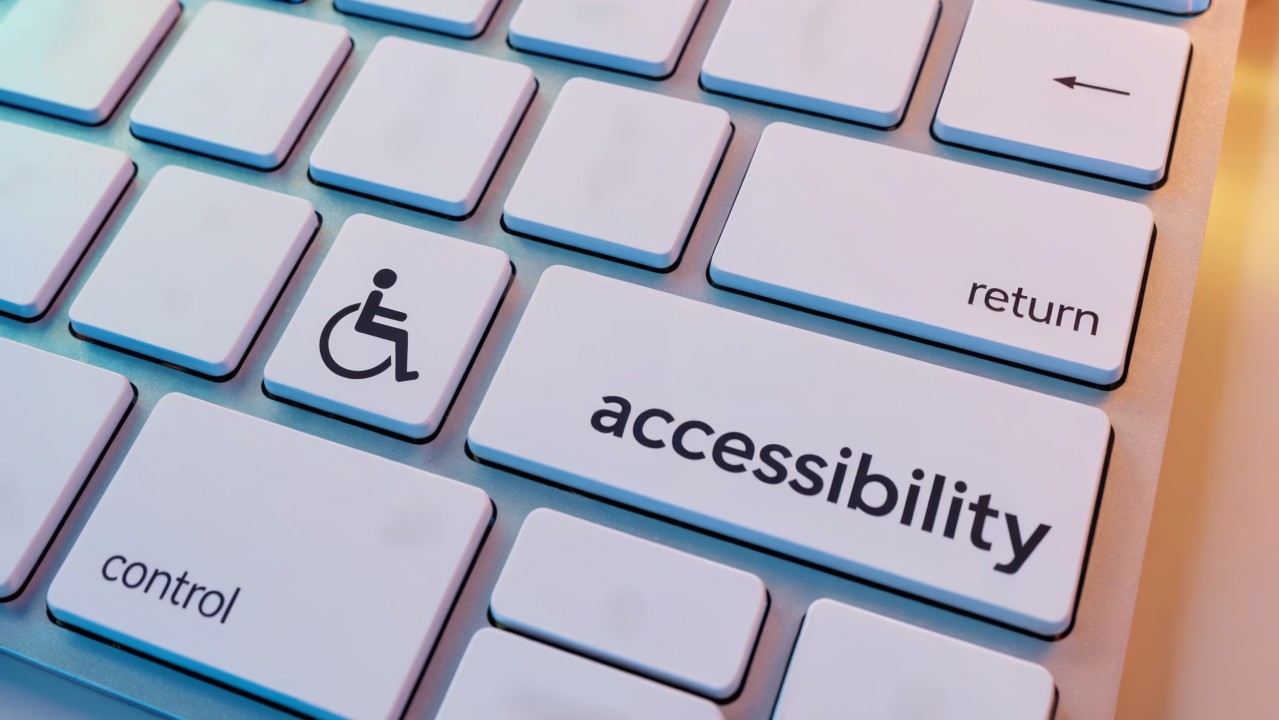
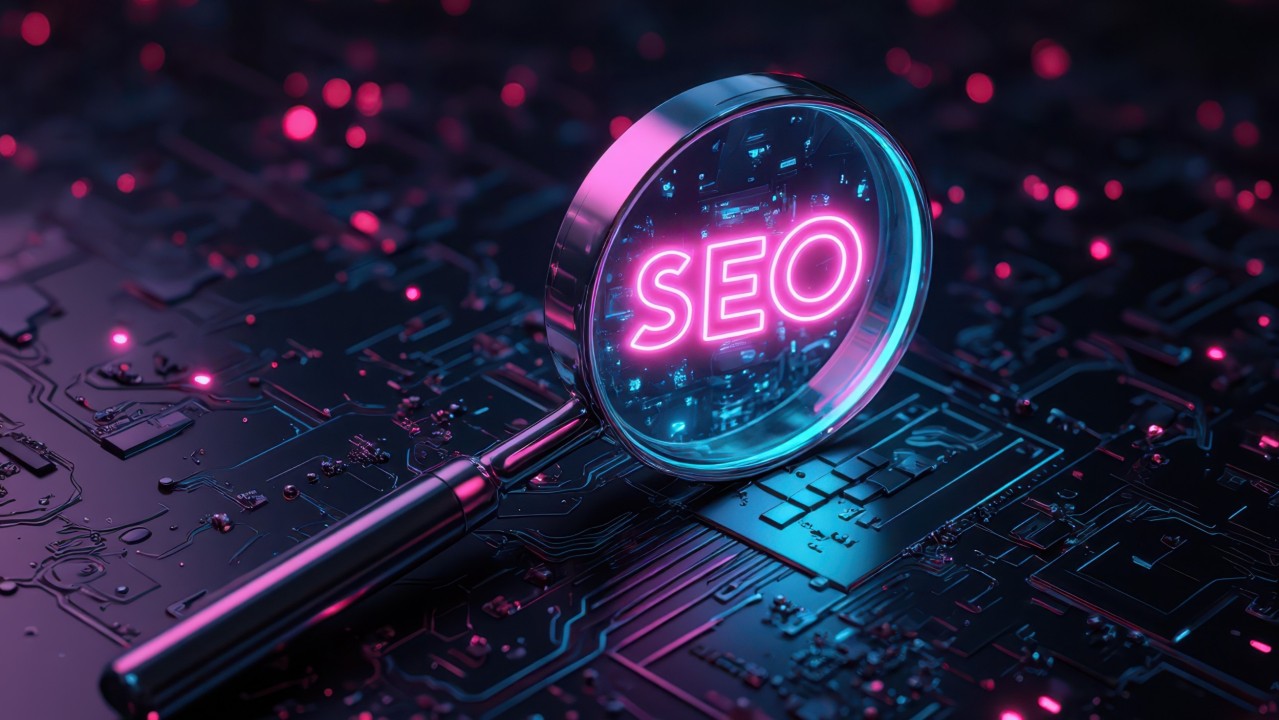
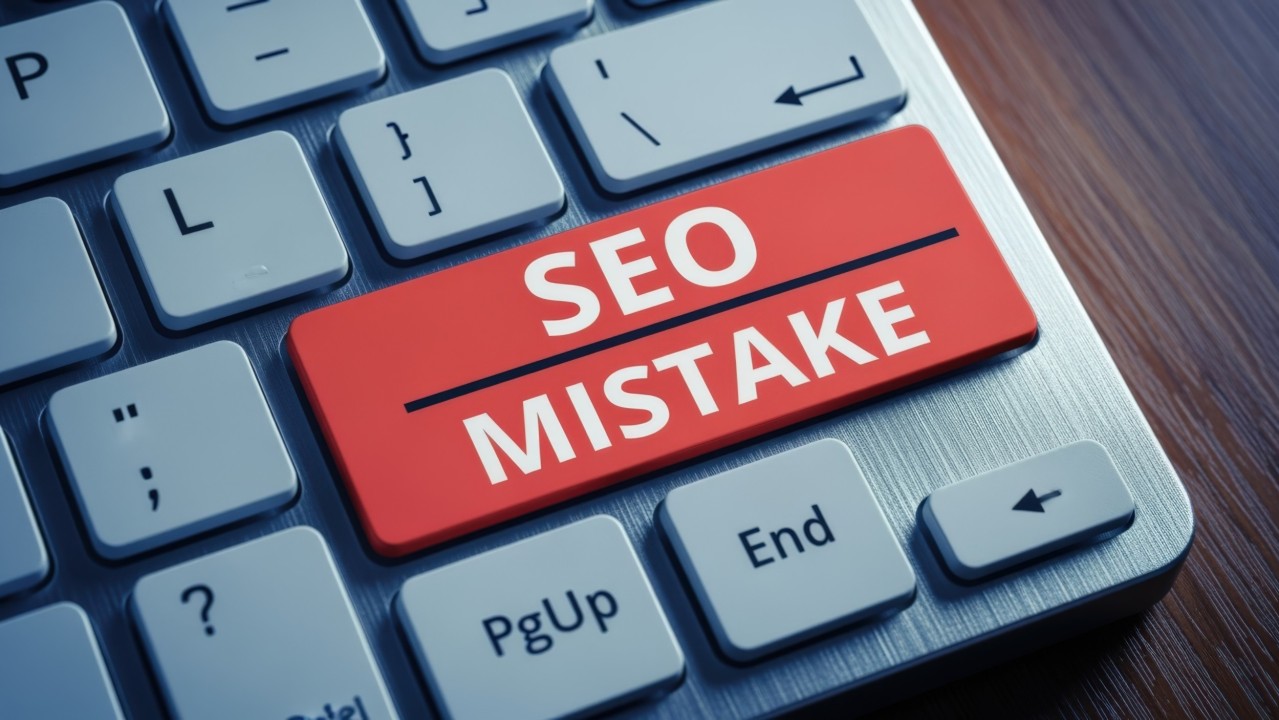
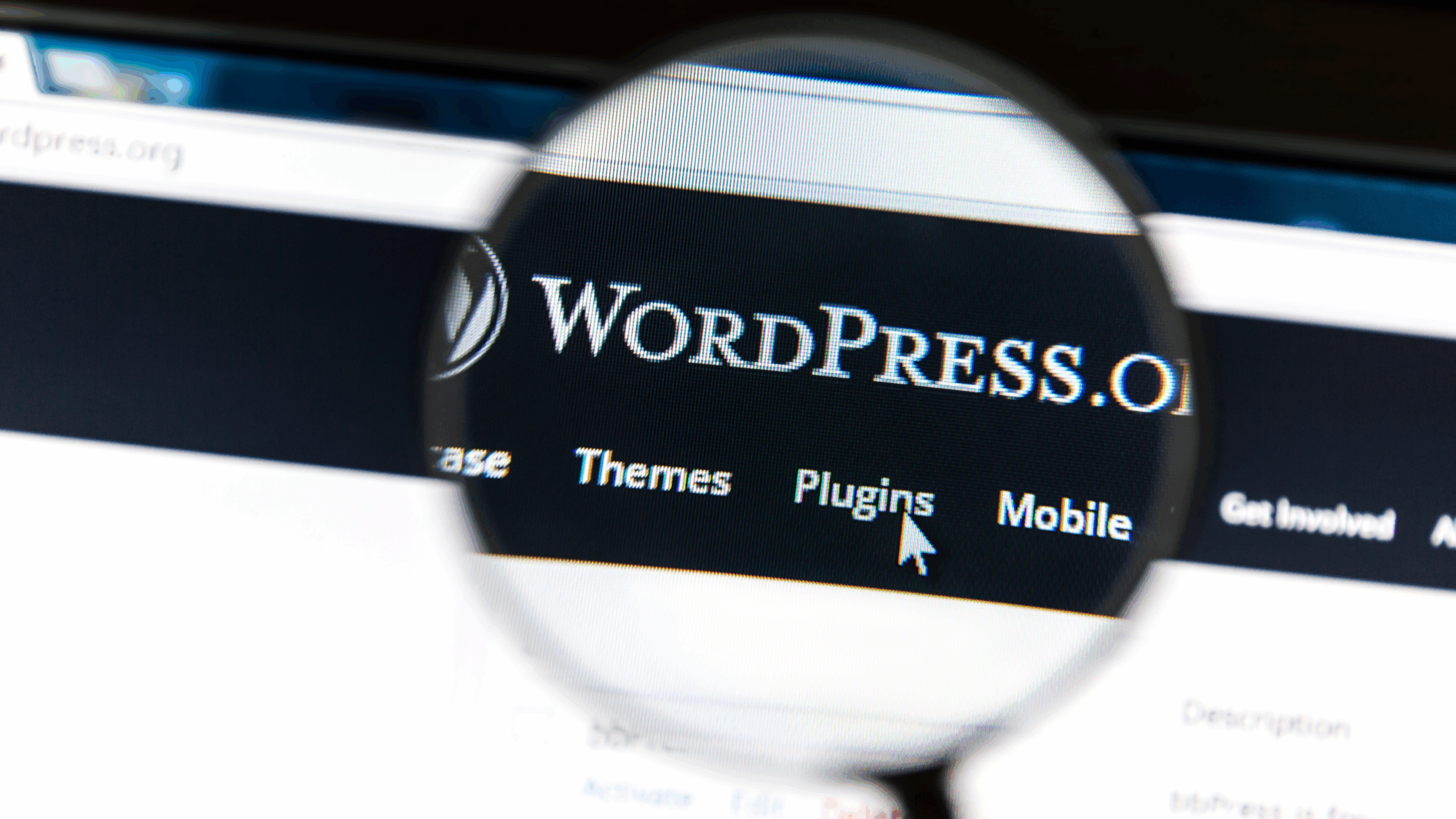
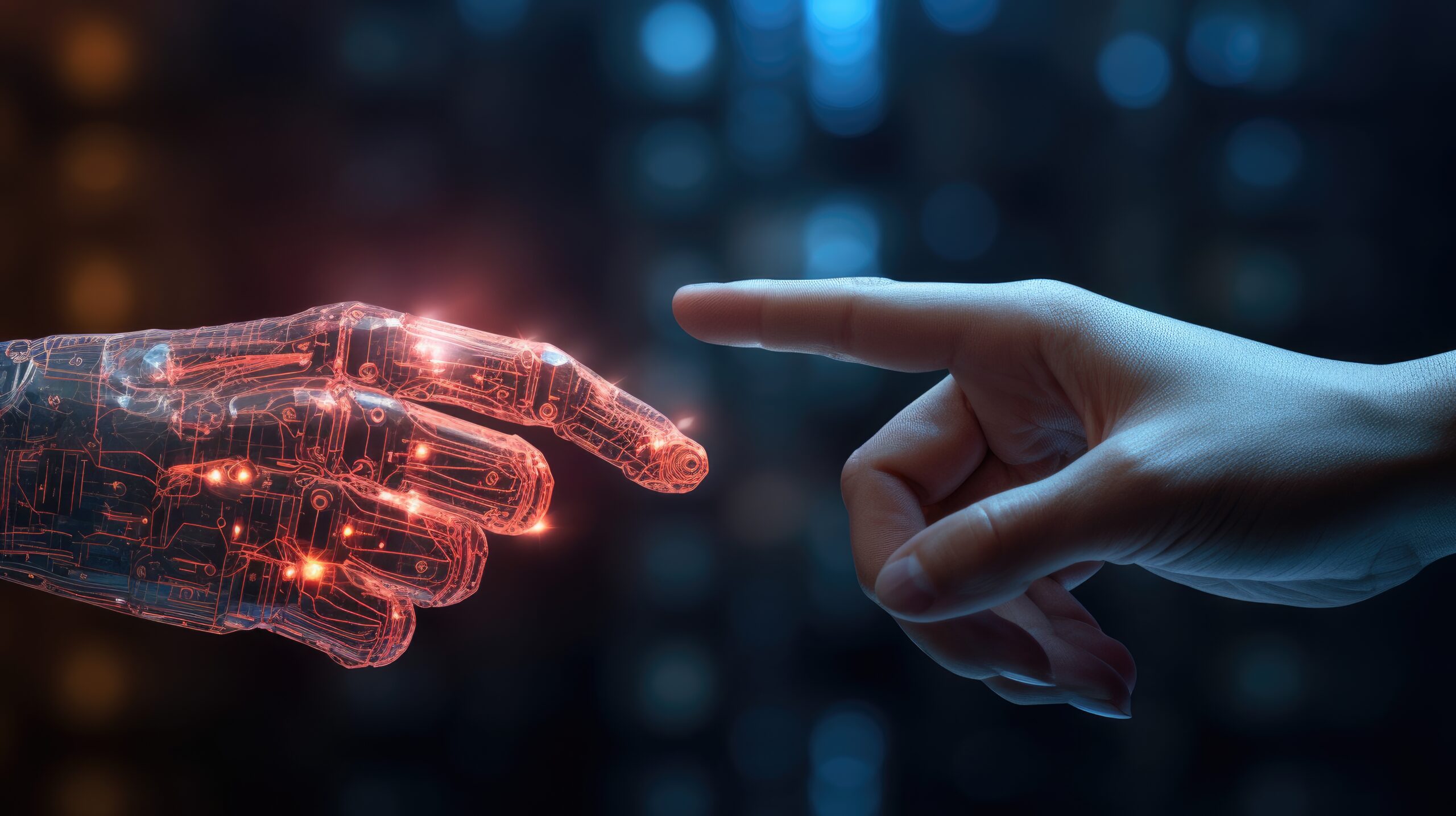
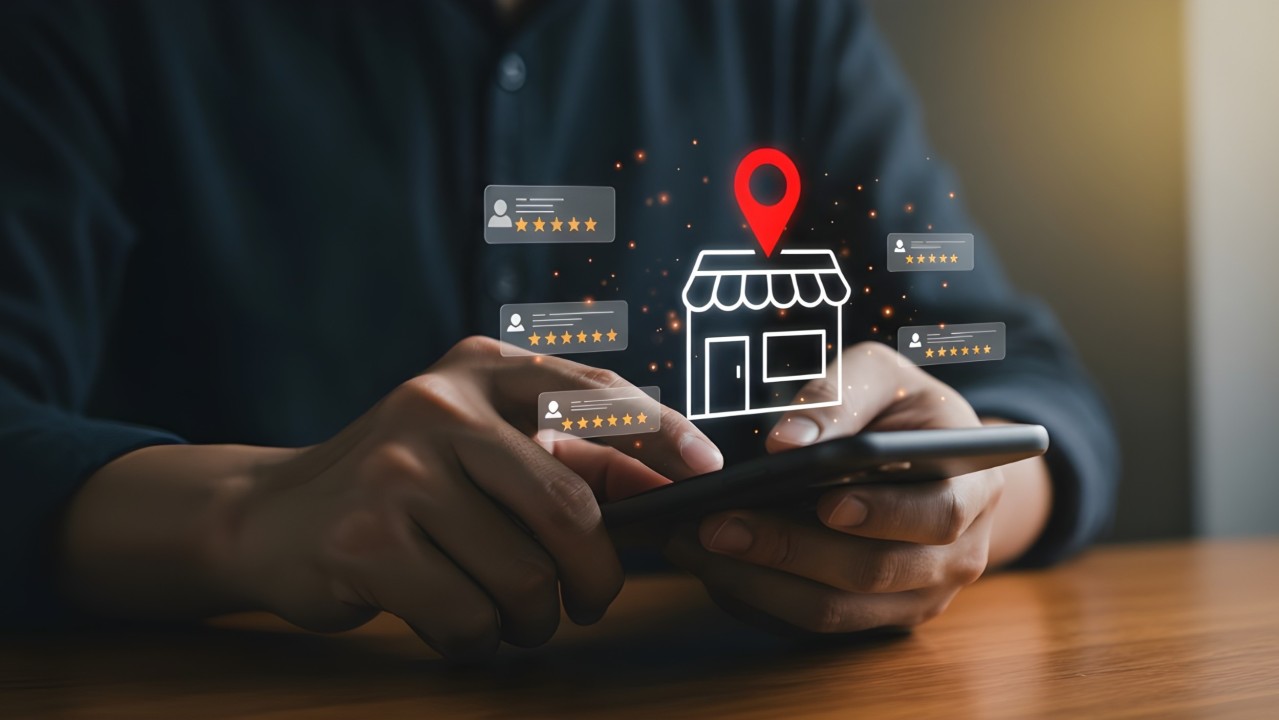
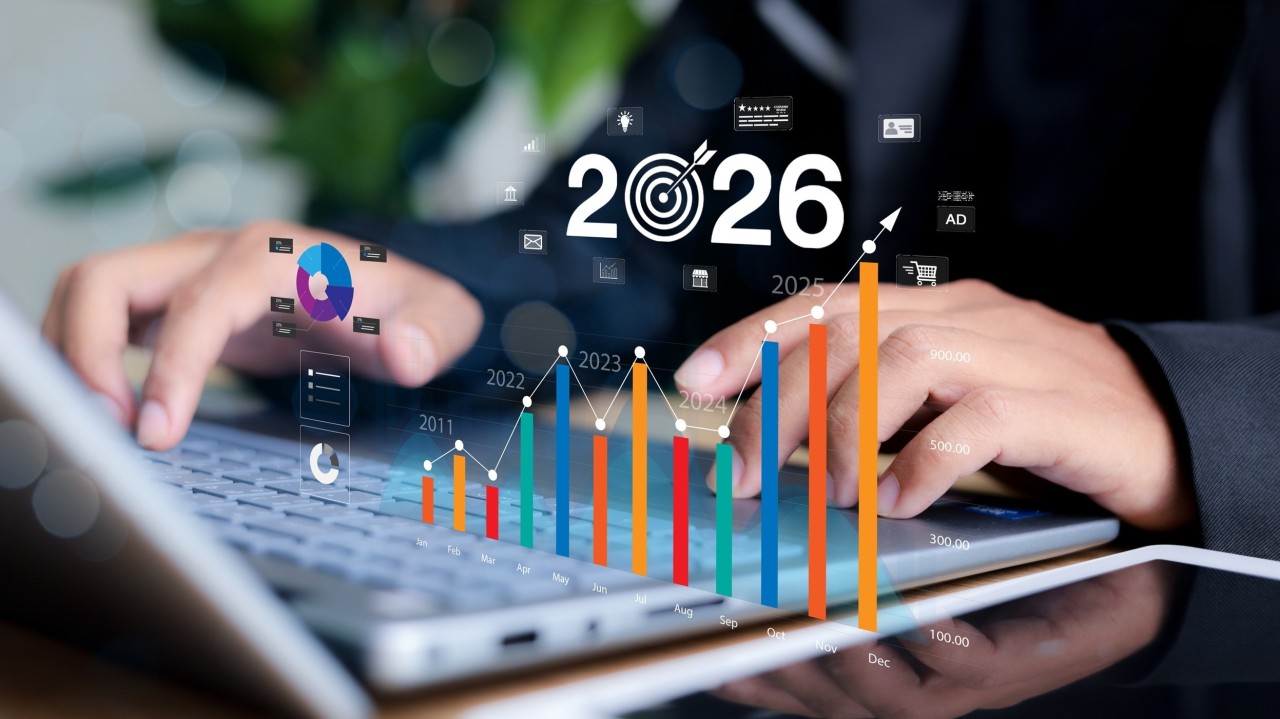
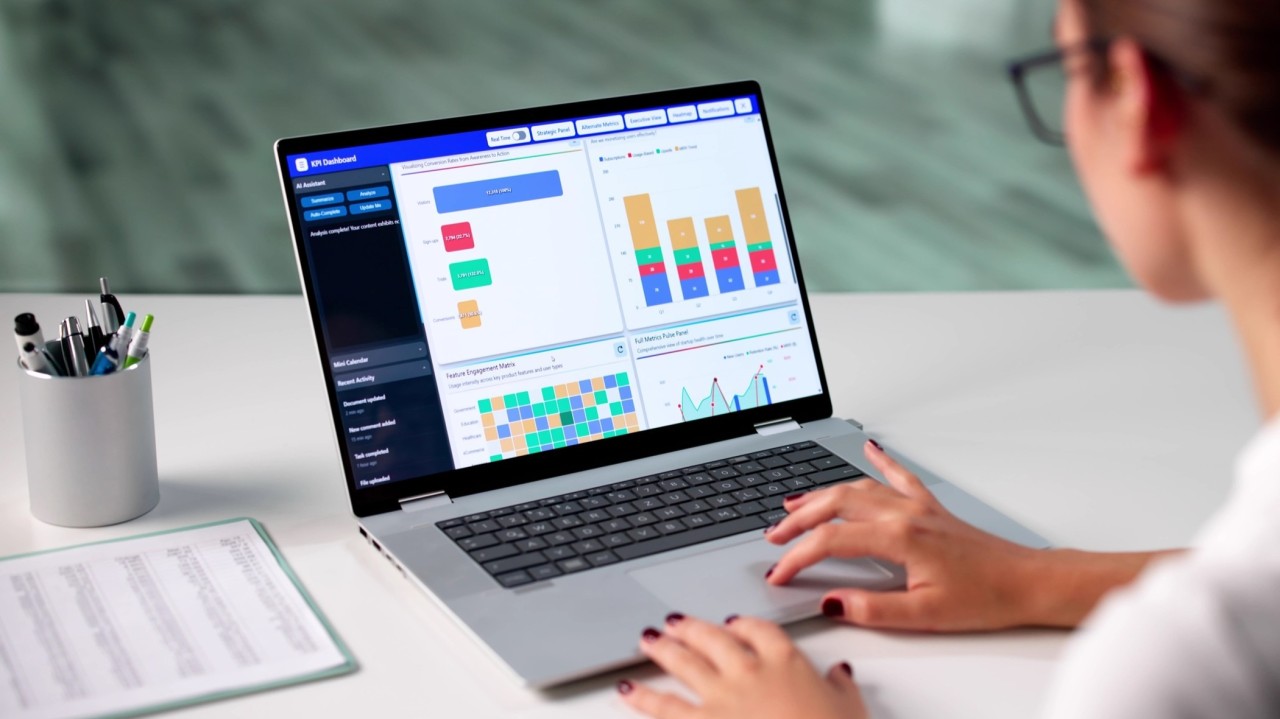
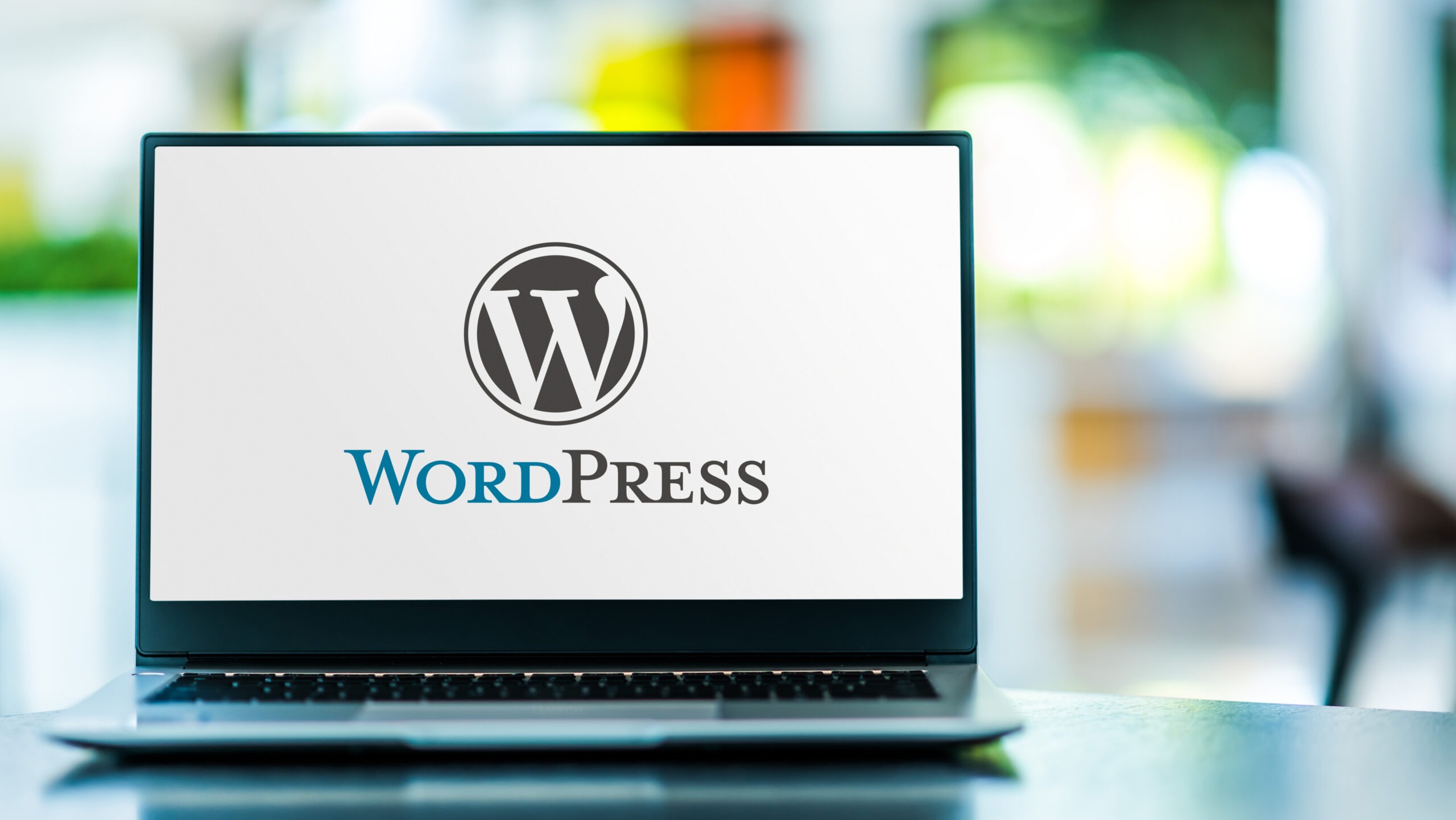

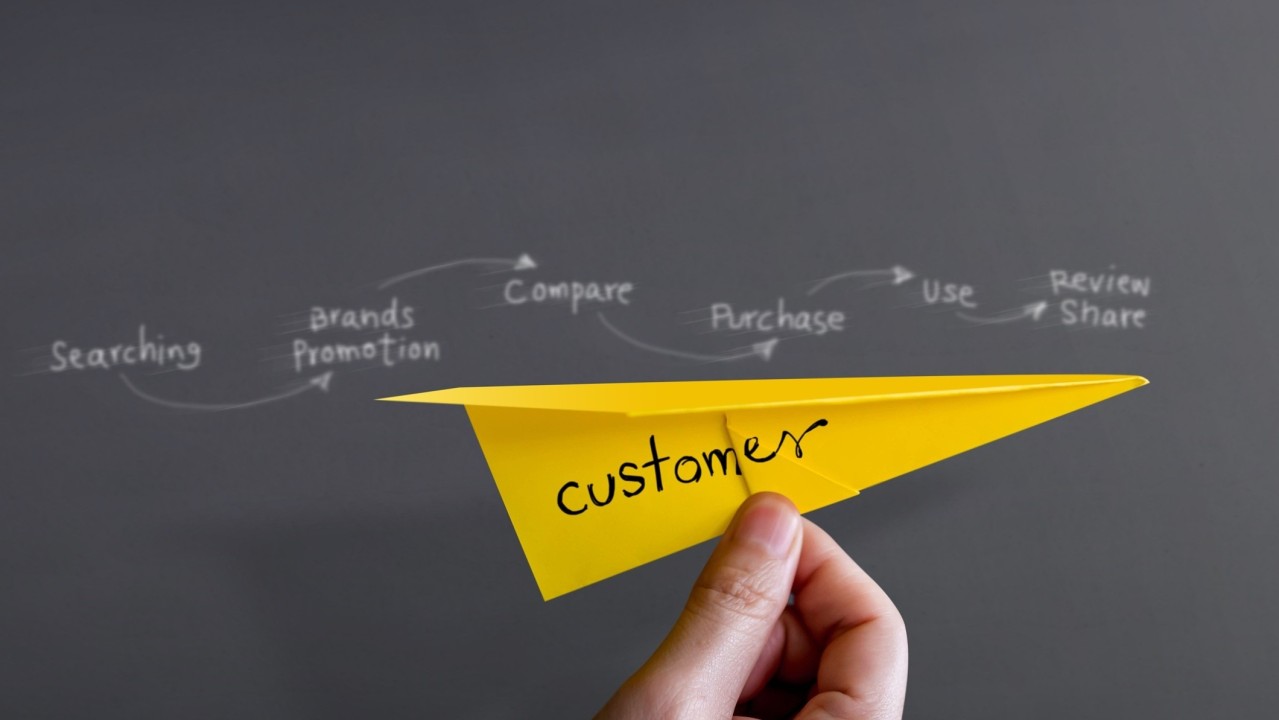
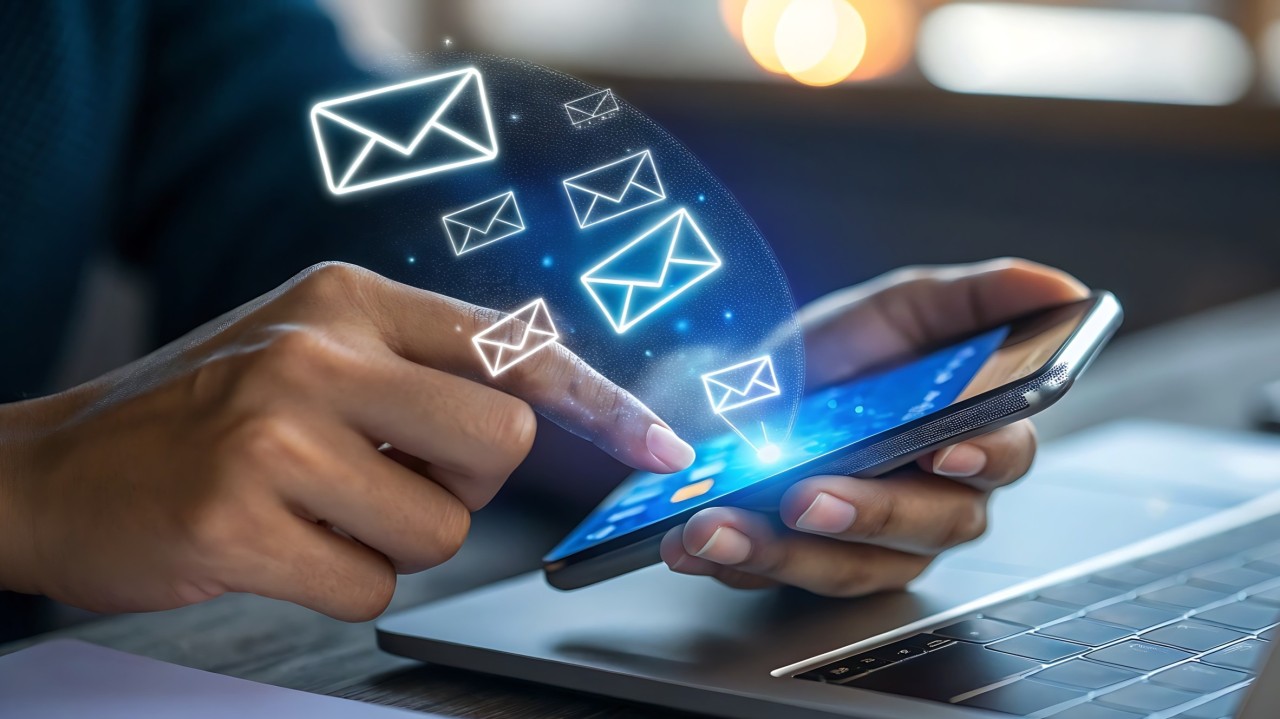

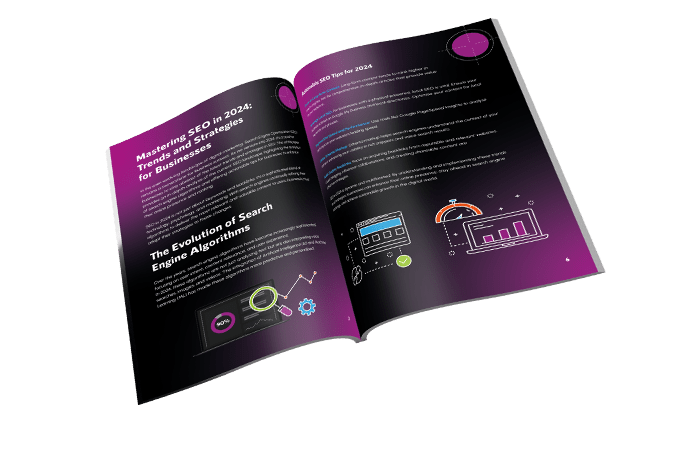
The Ultimate Social Media Guide
With the ever-growing power of social media, we use the latest techniques, video, and animation software to craft eye-catching social media assets that make your brand pop. Our designers, wielding Adobe Creative tools, create distinctive animations and graphics to illuminate your brand story and highlight your products or services. Want a unique design? No problem – we also offer bespoke designs to match your brand aesthetic.